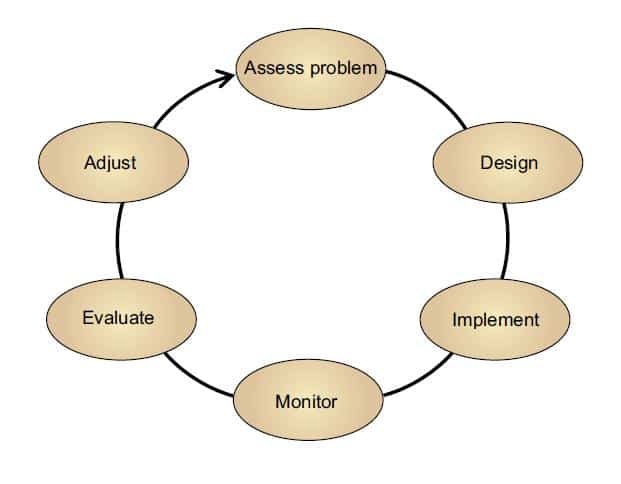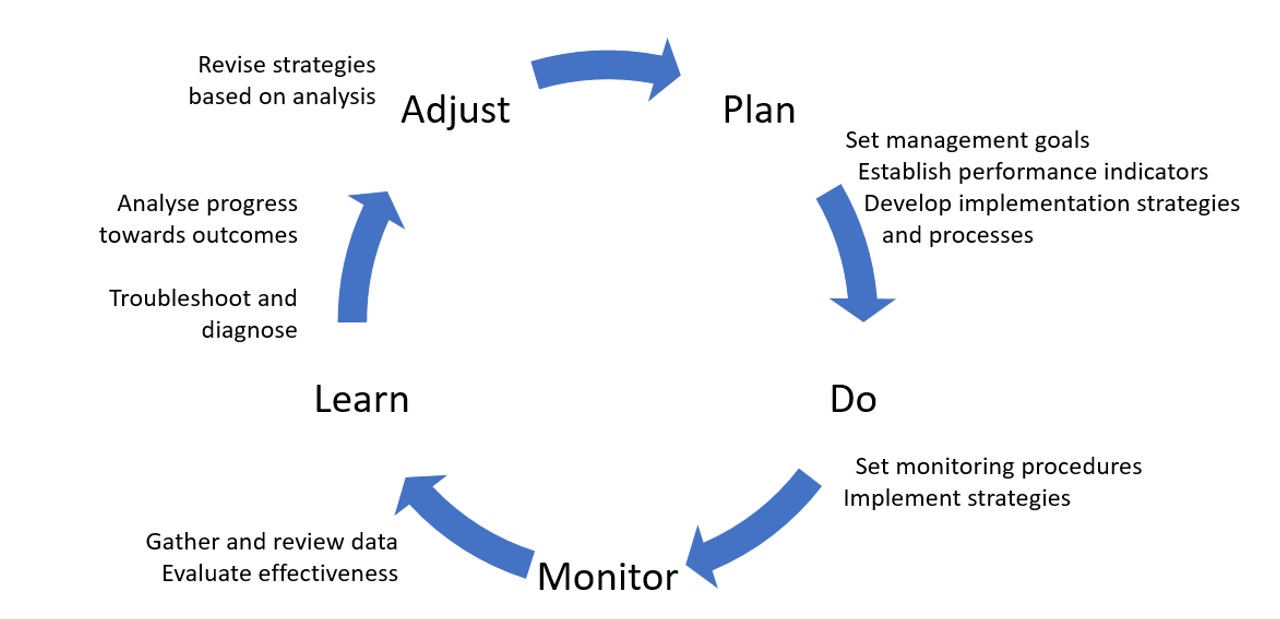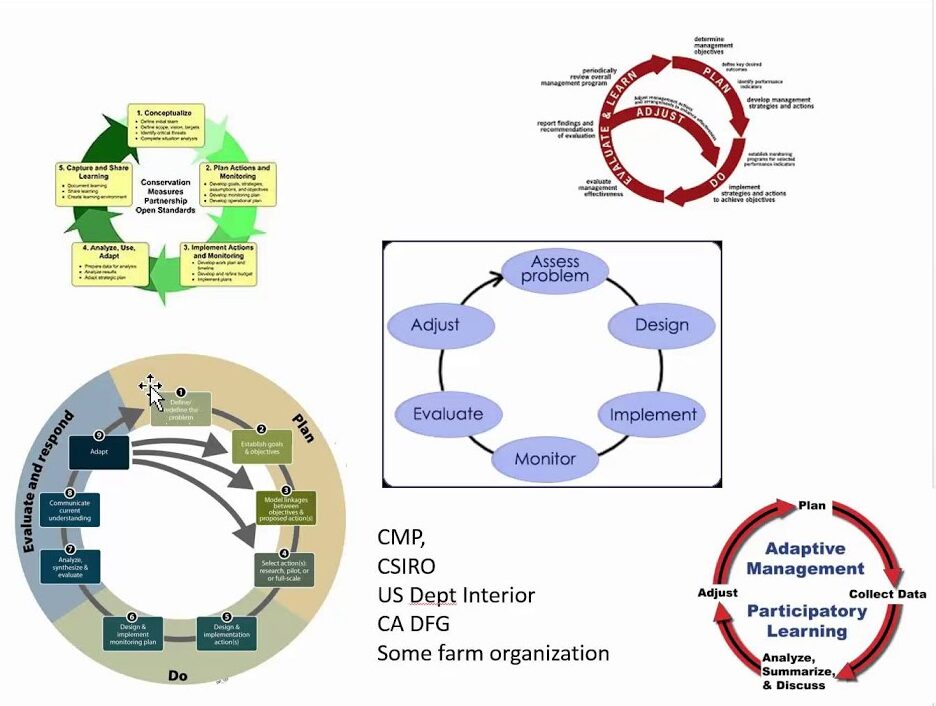Why Monitor?
Restored swale using “Zeedyke structures” in sagebrush/grass rangeland near Gunnison, Colorado
Lord Kelvin, 1883
“…When you can measure what you
are speaking about, and express it in numbers, you
know something about it; but when you cannot
measure it… your knowledge is of a meager and unsatisfactory
kind; it may be the beginning of knowledge, but you
have scarcely… advanced to the
state of Science…”
The act of monitoring is at the heart of any adaptive management plan. Regardless of field or application. Monitoring is the only way you can see progress, or lack of progress, and the only way you can make decisions that will lead you toward your goals. If you don’t monitor, you’re shootin’ in the dark.
The following points are paraphrased from Nicole Master’s book “For The Love Of Soil” which I highly recommend.
Reasons to monitor:
1) Provide information about indicators (data, numbers, photos, status) that inform your management decisions. Such as, grazing choices, timing, (daily, seasonal, etc.). What composts, or foliars are working or not working, status of pathogens and pests, is compaction going away, is structure improving, etc. Data helps to evaluate when and what management strategies need to change.
2)Provide a record of environmental and resource conditions, events, and management practices. (So you you’re not saying down the road – How exactly did we do that? Or, How high or low was that amount…?). Along that line monitoring
is also good for leases, partnerships, programs (STAR, Regenified, etc.), and investments.
3)Early warning for practices that are detrimental to soil health.
4) Provides transparency and measuring tool to show interested parties that your putting your money where your mouth is… and that it’s working. (Nicole’s “smug” test)
Some indicators may only need to be measured every 3 or 4 years (such as Soil Organic Matter). Others, mainly biological, could be measured seasonally (such as CO2 burst).
Monitoring is absolutely necessary for success. The more you monitor – the more you make efficient and better decisions. Sure you can get lucky sometimes without monitoring – but relying on luck is a slow road to mediocrity and in many cases oblivion.
A quick search for adaptive management will result in hundreds of results depicting a version of the adaptive management “cycle”. See images below (source may be unknown).
Notice essentially all versions have a monitoring or data collection step.
To be frank, we all practice adaptive management. We plan, we implement, we monitor (observe), we analyze, we adjust. Some of us just do it much better, especially when we conciously monitor specific indicators.
Please see the “Indicators And Services” page to see “what” to monitor if you are managing for soil health.


